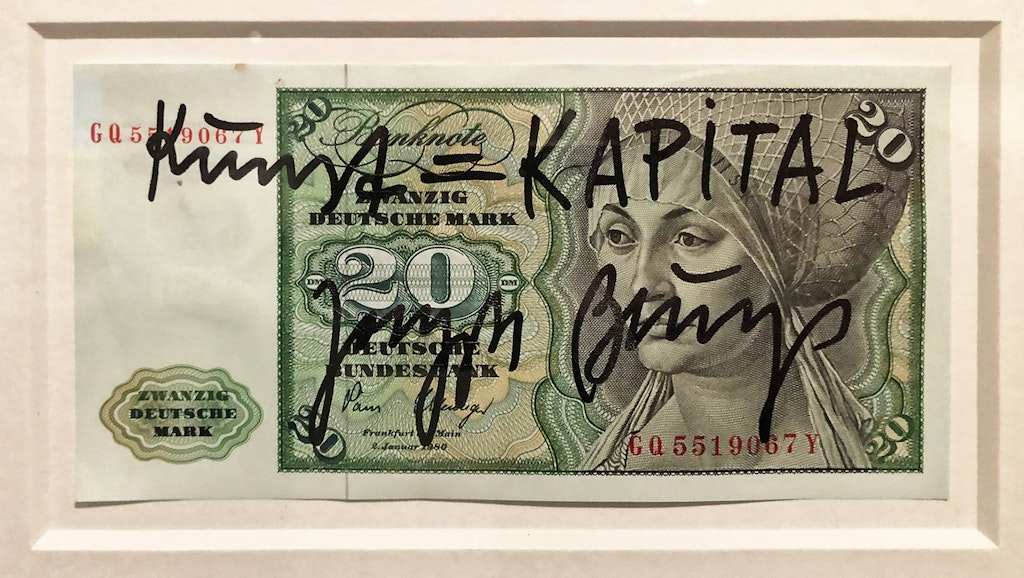Hoorah for hurdles!
Celebrating the start of the jumps season
This article is taken from the November 2022 issue of The Critic. To get the full magazine why not subscribe? Right now we’re offering five issues for just £10.
Summer is all very well, but let’s stop pretending it’s anything other than a gap between the proper months from October to April. Are there two more depressing words than “beach holiday”? Other than the Proms, which at least help with the ennui, summer is about marking time — finding a way to get through the days, weeks and months until life starts up again as the temperature drops.
But I am also being specific about these months. Because in the end everything boils down to racing. And while summer jumping is better than no jumping, it’s barely much better.
We are — thank heavens — about to get into the fully fledged jumps season with the November Cheltenham meeting
The real problem with summer, of course, is flat racing. I’ve nothing against it, as such. Something has to fill the months when the ground is wrong for proper racing. And when it gives us moments like Sir Mark Prescott’s triumph in the Arc, even I can join in the joy.
As I write this the flat season is drawing to an end. And by the time you’re reading it, Cheltenham will have held its October “showcase” meeting and the Charlie Hall run at Wetherby. We are — thank heavens — about to get into the fully fledged jumps season with the November Cheltenham meeting and what we now have to call the Coral Gold Cup at Newbury at the end of the month (or, if you’re as old as me, what will forever be the Hennessy).
It’s simply the best time of the year, that period when last year’s stars come back for their seasonal debuts and we see if those others that seemed earmarked to progress next season fulfil any of that promise. And there is a whole new crop of novices with a whole new set of dreams built on them.
It’s fashionable now to decry the “narrative” of the jumps season, with all roads leading to Cheltenham in March — the argument going that this somehow undermines everything else in the season, diminishing the status of other races. The flat, after all, has five Classics and 36 Group One races in total — the latter more or less evenly spread throughout the season. Winning any Group One is a victory to be celebrated on its own terms.
You would be hard pressed to find any half decent jumper that raced for only three years (injury apart)
It is certainly right that the thought of having a runner at Cheltenham dominates the jump season. There are 39 Grade One jump races and 14 of them are run at the Cheltenham Festival in March. Far from looking on smugly, the flat is always trying to find ways to recreate the same feeling of a seasonal climax, with the likes of Champions Day at Ascot in October the latest attempt.
But this all misses the point.
Group races on the flat are all about breeding. They are about selecting and refining stallions and fillies. It’s extremely rare for any elite middle distance horse to race beyond four years old. That’s one reason why the flat is more a business than a sport.
You would be hard pressed to find any half decent jumper that raced for only three years (injury apart). Five or six years is normal. And while breeding is sometimes a thing, it’s not the be all and end all — especially with so many jumpers who are no longer, to use the euphemism, entire. The point of National Hunt racing is the racing, not what happens after a horse stops racing.
The strength of Cheltenham is relatively recent and is in large measure a product of the entrepreneurial brilliance of Edward Gillespie, managing director of the course for thirty-two years after 1980, who transformed the festival into what is now routinely described as the Olympics of jump racing.
But Gillespie was working with the grain of the mindset of owners and trainers. He built the festival up into what feels like a natural pinnacle. Instead of moaning that it is too dominant, we should celebrate what we have.
It is increasingly also a misguided accusation. Aintree has carefully bolstered its meeting the following month and now has eleven Grade Ones. But you don’t hear anyone complaining that the jump season is too dominated by Aintree.
Enjoying The Critic online? It's even better in print
Try five issues of Britain’s most civilised magazine for £10
Subscribe














